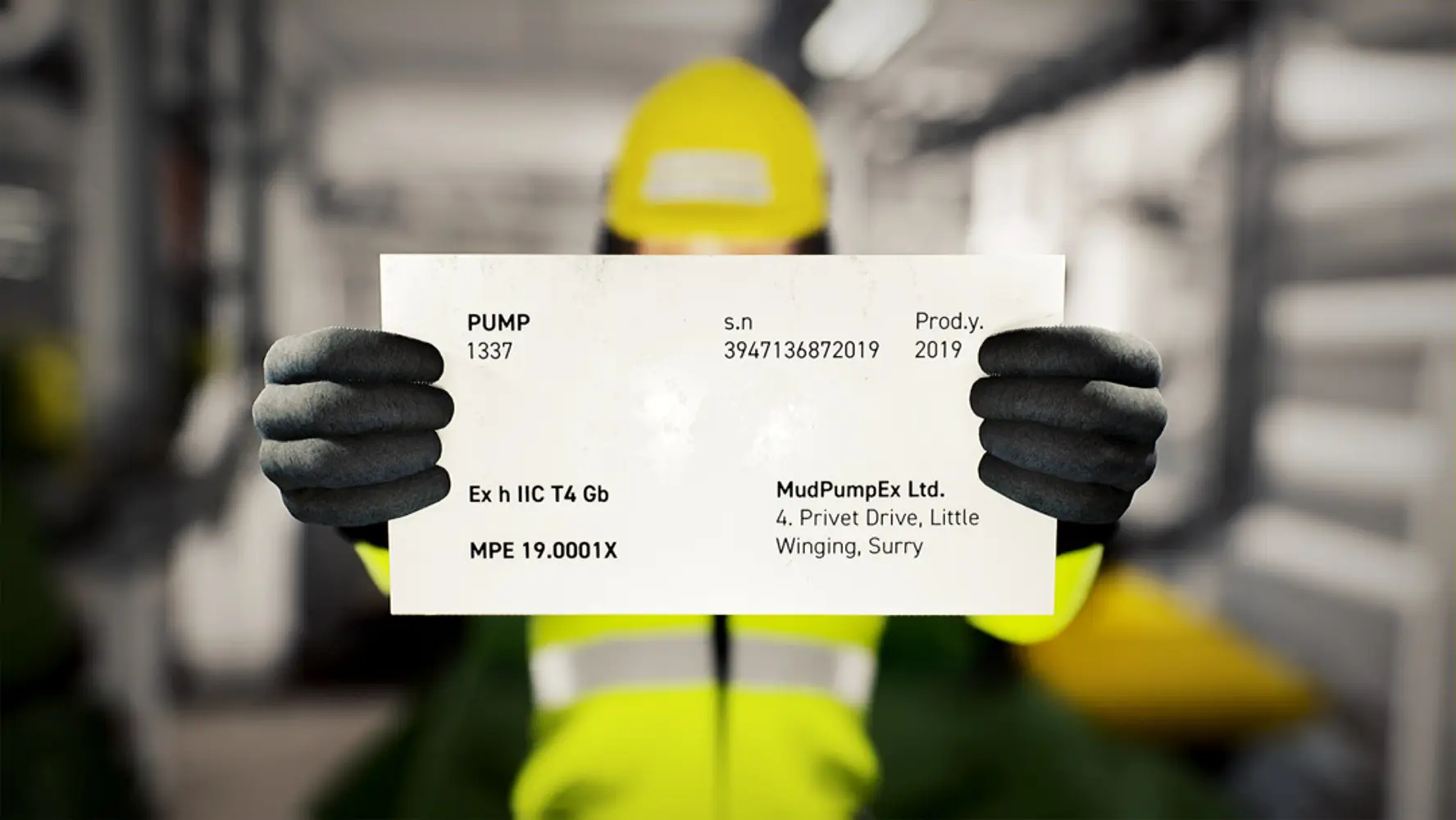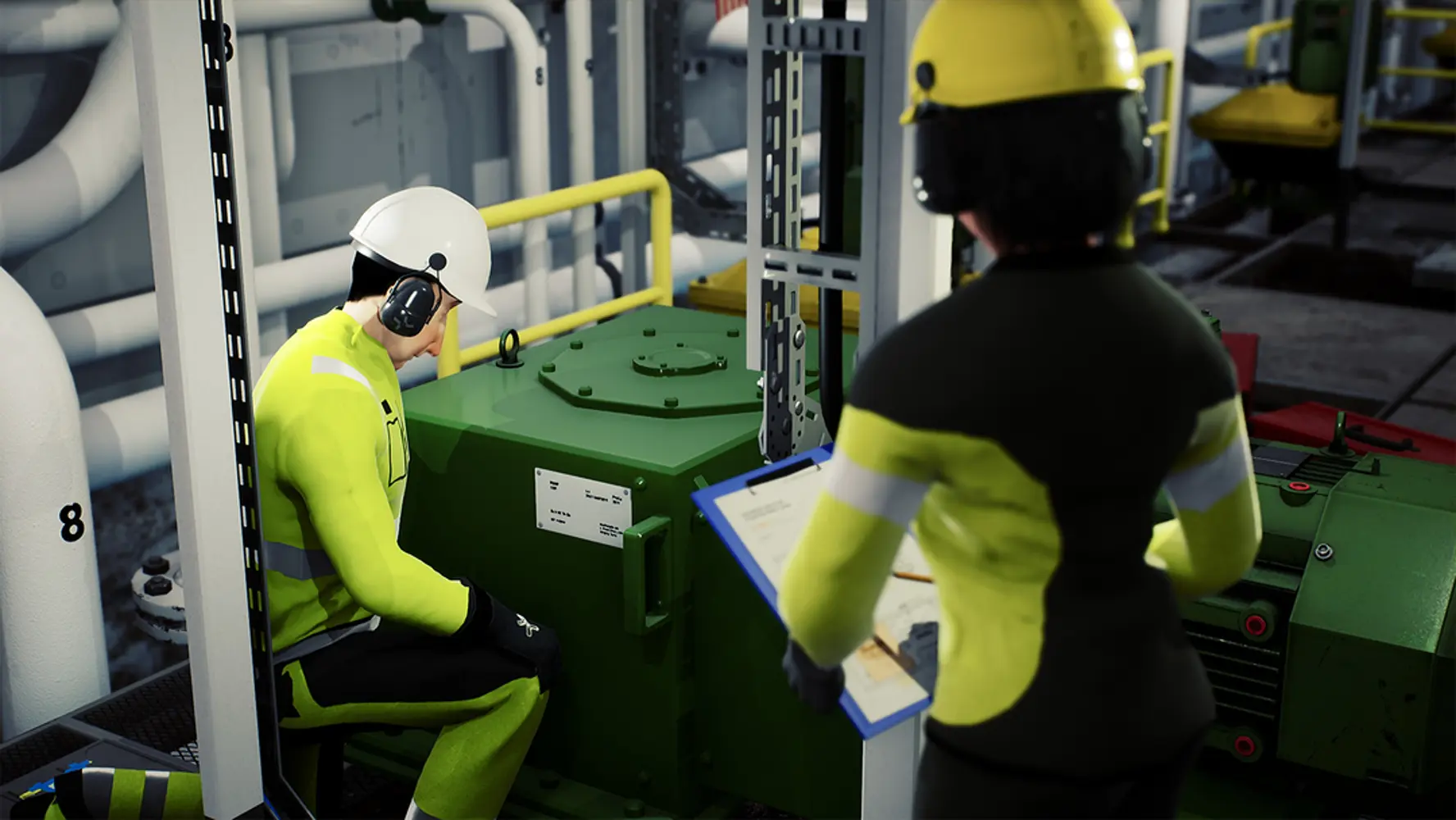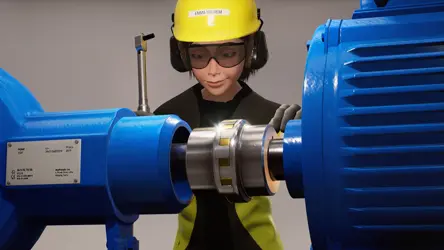
Marking of Mechanical Equipment
Certified Ex equipment has a marking plate that includes details about the equipment’s explosion protection and the area in which the equipment may be used. Can you interpret these codes?


The goal
Having completed this course, participants will have learned how mechanical equipment is Ex-marked, and what the different markings mean. Participants will learn to distinguish between the different types of markings and make good decisions when selecting equipment for use in an installation in a potentially hazardous area.
The target group
Personnel working with installing and maintenance of mechanical equipment and other personnel planning or working on installations in potentially hazardous areas within the EU/EEA. The course will also be useful for manufacturers and suppliers of Ex equipment within the EU/EEA.
The topics covered
- How to read a marking plate
- Protection types for mechanical equipment
- Markings that follow the ISO standard
- Certificate number
- A brief introduction to marking electrical equipment
- Marking associated equipment and associated apparatus
- Assemblies
- Additional markings introduced by the ATEX directive
- Requirements for certified equipment
References
The course is based on marking of Ex-equipment described in the ISO-standards (80079-36) for Non-electrical equipment for explosive atmospheres, and will contribute in documenting competence, which is required by law for anyone working where explosive atmospheres may occur by EU Directive 1999/92/EC ANNEX II 1.1 Implemented in EU/ EEA countries and in UK through DSEAR.
Technical information
System requirements
This course can be completed on a computer, tablet, or smartphone – whenever and wherever it suits you. To ensure the best possible experience, we recommend using an up-to-date web browser (such as Google Chrome, Microsoft Edge, Safari, or Firefox) and a stable internet connection with a minimum speed of 5 Mbps. If you are using a mobile network, a 4G connection or higher is recommended.
Course manual
No, a course manual is not included for this course.
Talk to us about this and other courses
Do you want to know if this course is suitable for your company? Or are you interested in learning how Trainor can help your company achieve its safety goals?
Contact us
